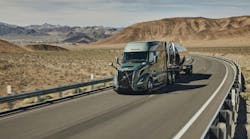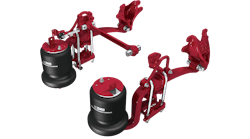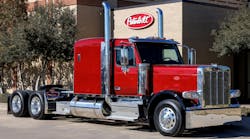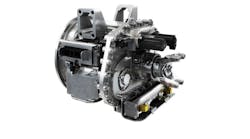Eaton’s eMobility business plans to launch a new four-speed transmission for heavy-duty electric commercial vehicles in North America, China and Europe.
The company said the new transmission for Class 7 and 8 vehicles currently is in a testing phase with major OEMs and expected to debut in 2022.
“Electric buses and trucks need to be able to go up hills and run at highway speeds when they are fully loaded,” said Scott Adams, senior vice president of eMobility at Eaton. “Our solution is to expand the range of the motor by adding an EV transmission. With this addition, the vehicle can perform well on hills and efficiently at highway speeds with a smaller, less costly motor.”
Eaton says the heavy-duty four-speed EV transmission solves the primary issue related to single-speed drives: contradictory requirements for high efficiency at top speeds, and increased torque at launch and low speeds. Fine-pitch helical gears ensure a smooth, low-noise operation, while the transmission control unit’s shifting strategy is designed for fast gear changes and maximum efficiency, extending range and battery life.
The transmission is based on traditional, robust and efficient lay shaft architecture typical of AMTs but is designed specifically for electric commercial vehicle applications, Eaton maintained. Unlike traditional commercial vehicle transmissions, Eaton’s four-speed EV gearbox does not have a clutch, and shifts are synchronized using the traction motor.
It also operates at higher speeds than its traditional internal combustion gearbox counterparts, and gears are optimized for typical electric motor performance and power curves for maximum efficiency, the company claimed.
By providing higher output speed capability and torque range than a direct-drive system, the transmission enables the usage of a smaller, lighter electric motor for large commercial vehicles, which cuts down on the cost.









